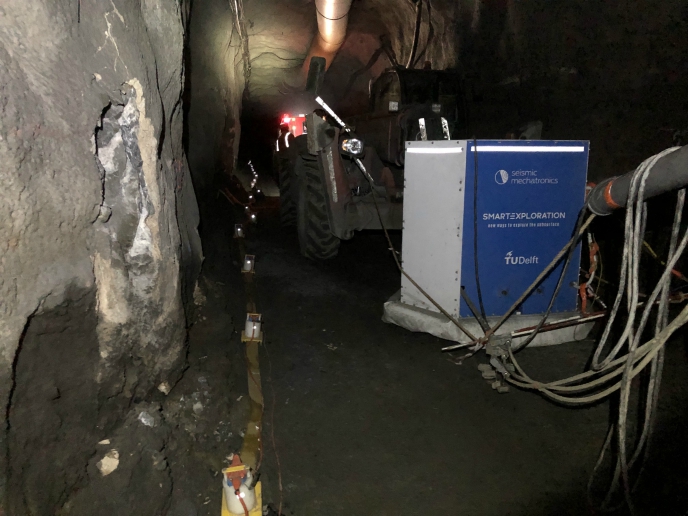Finite element technology put to the test
The use of finite element technology in industry has increased rapidly. With it gaining such momentum, the FENet research project was set up to test just how effective this technology actually is. A report was put together, which gives a summary of the findings of the research. It highlights that the use of finite element technology varies considerably both across and within various industrial sectors. The project members made up a network with an excess of 110 members, who came together to make up the FENet project. The members came from a variety of sectors, including: aerospace, civil construction, marine and offshore, land transport, manufacturing and bio-medical industries. The aim of this grouping was to provide a forum from which to coordinate and test the applications of finite elemental technology. The research was split into three technology areas. These activities focused on specific themes, the durability and life extension, multi-physics and new technology and product and system optimisation. The conclusions drawn advised on education and the dissemination as well as the identification of strategic research and development needs. A principal objective of FENet was to collate and structure existing information and to facilitate the efficient exchange of experience and knowledge within, and between, different industrial sectors within the European Community. In May 2005 a meeting was held for members of the consortium at which the information that had been gathered could be pulled together. Reports were drawn up by the coordinators and presented. During the project, eight technology workshops were held all over Europe. These provided an opportunity to present findings, members were able to meet each other and exchange ideas. These presentations and other documents are accessible online.







